
India’s online shopping industry is growing fast crossing $150 billion by 2025. But one major challenge remains: getting the product to the customer quickly and affordably.
Last-mile delivery (the final step from the warehouse to the customer) often costs half of the total logistics expense. So, improving this stage can save money and make customers happier.
Here's what brands are dealing with:
Rising costs: Logistics expenses can take up 15-20% of what you pay for a product, making it hard for businesses to stay profitable while keeping prices attractive
Customer expectations: People want their orders fast, tracked in real-time, and delivered exactly when promised anything less feels disappointing
Tough competition: With so many online stores, the one that delivers faster and cheaper usually wins the customer's loyalty
Infrastructure gaps: India has over 19,000 pin codes, from busy Mumbai streets to remote villages, each with its own delivery challenges
The solution? Smarter technology, better planning, and using data to make delivery faster and cheaper.
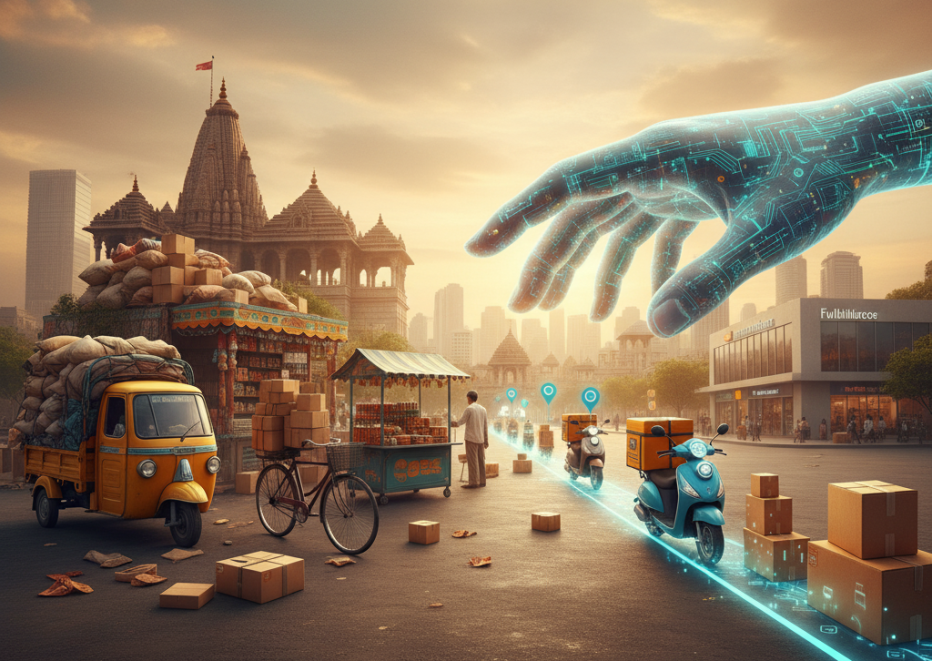
Understanding E-commerce Logistics Optimization
Let's break down what "logistics optimization" actually means in simple terms. It's about making every step of product movement from seller to your doorstep smooth, fast, and cost-effective.
The three main stages are:
First Mile: This is when the product leaves the seller's warehouse or shop and enters the delivery system, like picking up orders and moving them to sorting centers
Middle Mile: Products get sorted and moved between cities or states through trucks and transport hubs, connecting different parts of the country efficiently
Last Mile: The final journey from the local delivery center to your home, this is the trickiest and most expensive part of the entire process
Why Last-Mile Delivery is the Key to Logistics Success
The last mile is where everything comes together or falls apart. It's the moment when the customer finally gets their order, and it's also where most problems happen.
What makes it so challenging in India?
Traffic nightmares: In cities like Delhi, Bangalore, or Mumbai, traffic jams can cut a delivery person's productivity by 40%, meaning fewer deliveries per day
Address confusion: Not every home has a clear address or landmark, especially in older neighborhoods or rural areas, leading to delays and wrong deliveries
Cash-on-Delivery (COD) issues: Many Indians prefer paying in cash, but this increases failed deliveries when customers aren't home or change their minds
Return problems: High Return-to-Origin (RTO) rates mean products go back to warehouses, costing money and tying up inventory that could be sold elsewhere
But here's the good news:
When companies get last-mile delivery right, customers become loyal fans. Fast, reliable delivery builds trust. One study found that 84% of shoppers won't buy again after a bad delivery experience. On the flip side, great delivery experiences turn one-time buyers into repeat customers.

Major Challenges in India's Last-Mile Ecosystem
India's delivery network faces unique problems that don't exist in more developed markets. Understanding these helps us find better solutions.
The big obstacles:
Too many pin codes: India has over 19,000 different postal codes, each with different road quality, traffic patterns, and accessibility; no one-size-fits-all solution works
Uneven infrastructure: A highway in Gujarat is very different from a village road in Bihar, making consistent delivery standards almost impossible to maintain
High delivery costs: In big cities, delivering one package can cost ₹80-120, eating into already thin profit margins for small businesses
Unpredictable factors: Monsoons, festivals, strikes, and traffic can suddenly throw delivery schedules off track, requiring constant adjustments and backup plans
What's being done:
Smart routing tools: Using AI to predict traffic and find the fastest routes, even adjusting mid-delivery when roads get blocked
Electric vehicles: More delivery bikes and vans are switching to electric, cutting fuel costs and helping the environment
Multiple delivery partners: Instead of relying on one courier company, brands now use several, ensuring someone can always reach difficult areas
Leveraging Data, AI & Automation in Logistics Optimization
Technology is changing the game. Here's how data and automation are making deliveries smarter, not just faster.
Predictive Demand Forecasting: Think of it like weather prediction, but for shopping. By analyzing past orders, festivals, local events, and trends, AI can predict what products will be needed where. This means stocking popular items closer to customers before they even order, enabling same-day delivery.
Dynamic Route Optimization: Unlike fixed delivery routes, AI adjusts paths throughout the day based on new orders, traffic accidents, or road closures. Pidge reported Clients share experience 30% faster deliveries just by using smart routing.
Automated Sorting & Dispatch: In modern warehouses, robots scan packages, sort them by destination, and load them onto the right delivery vehicles. This happens 24/7 without breaks, processing thousands of packages per hour with almost zero mistakes.
RTO Prediction Models: By analyzing patterns like which addresses often refuse COD orders, or which pin codes have high cancellation rates - AI flags risky orders before they're shipped. Companies can then call customers to confirm, switching COD to prepaid when possible, reducing returns by 30-40%.
Government Policies & Infrastructure Enablers (2025 Landscape)
The Indian government is actively working to make logistics easier and cheaper through major initiatives that benefit everyone in the supply chain.
PM Gati Shakti: This program connects highways, railways, airports, and ports to create seamless movement of goods across India. It brings 16 different government ministries together to plan infrastructure in a coordinated way, reducing bottlenecks and transit time.
ULIP (Unified Logistics Interface Platform): Imagine all logistics companies sharing information on one platform where vehicles are, which warehouses have space, what routes are clear. ULIP makes this possible, bringing transparency that reduces delays and confusion.
National Logistics Policy (NLP 2022): The big goal here is to reduce India's logistics costs from 14% of GDP down to 8-10% by 2030. This means everything from shipping costs to warehouse rents should become more affordable.
EV incentives: Under the FAME II scheme, buying electric delivery vehicles gets you hefty subsidies. Many states add extra benefits like reduced road tax and free parking, making EVs financially attractive even for small delivery businesses.
Real impact: These policies are encouraging companies to invest in technology, training delivery staff better, and building logistics infrastructure even in smaller towns.
KPIs for Continuous Optimization
You can't improve what you don't measure. Here are the key numbers businesses track to ensure their logistics are getting better over time.
Cost per Delivery: How much does it cost to deliver one package? In metros, this ranges from ₹40-120. Track this monthly to spot cost increases and find savings opportunities through better routes or vehicle choices.
First-Attempt Delivery Rate (FADR): What percentage of deliveries succeed on the first try? Top companies achieve 85-90%. Low FADR means you're wasting money on repeat delivery attempts, usually due to wrong addresses or customer unavailability.
On-Time Delivery (OTD): Are packages reaching customers when promised? This directly affects customer satisfaction. Aim for 90-95% on-time delivery. Track separately for different regions since rural areas naturally take longer.
Return-to-Origin (RTO) Rate: How many orders come back undelivered or refused? High RTO (above 15-20%) is a red flag, especially with COD orders. It ties up money and inventory.
Customer Satisfaction (NPS): After delivery, ask customers to rate their experience. A simple 1-10 rating helps you understand if your logistics improvements actually matter to customers.
Conclusion: Building a Smarter, More Sustainable Delivery Network
India's e-commerce boom is real, but winning in this market means mastering logistics especially that crucial last mile to the customer's door. Remember, great logistics isn't just about cutting costs; it's about creating experiences that make customers come back. When someone gets their order on time, in perfect condition, with accurate tracking, they remember. They trust your brand. They order again.

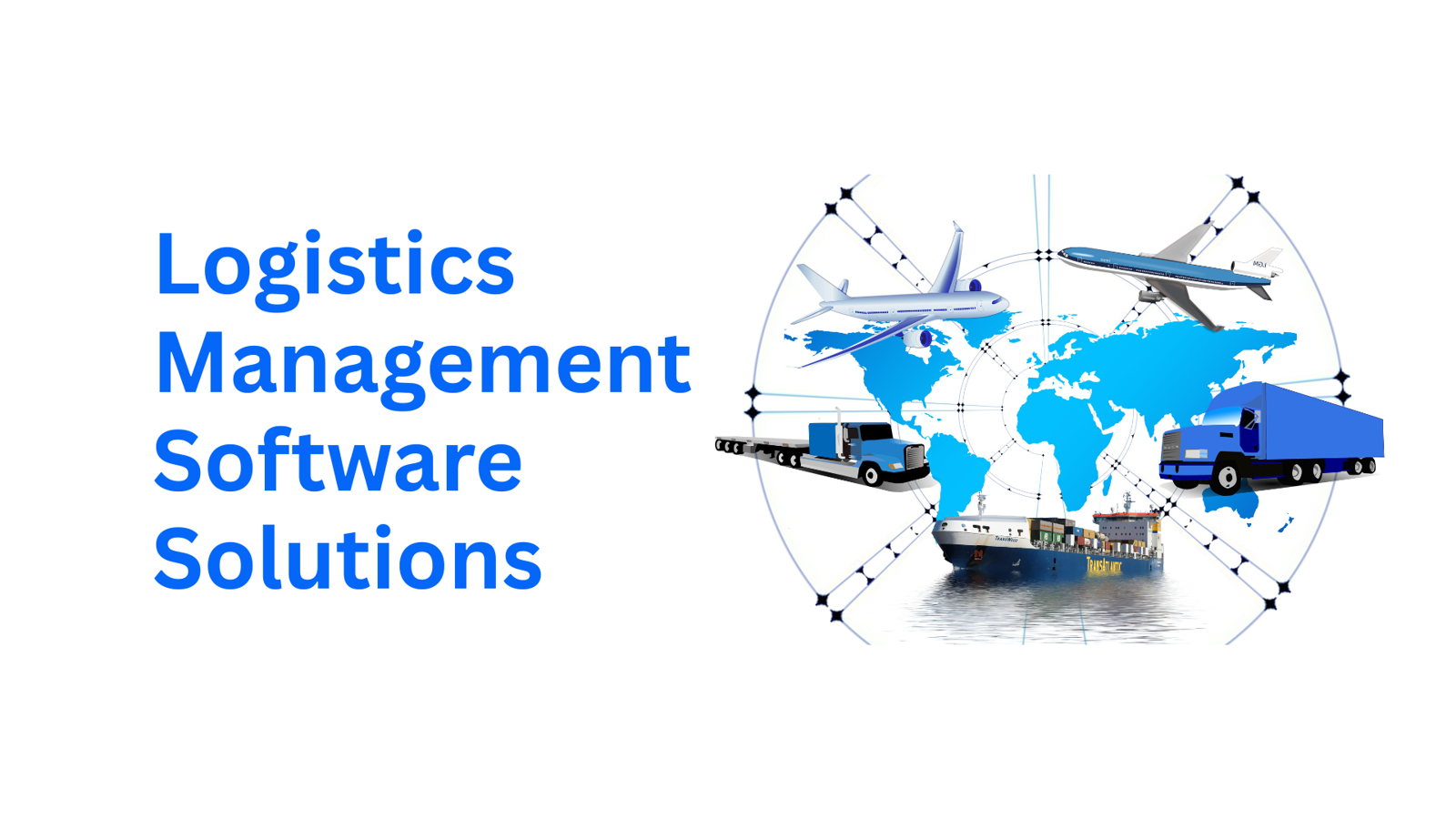



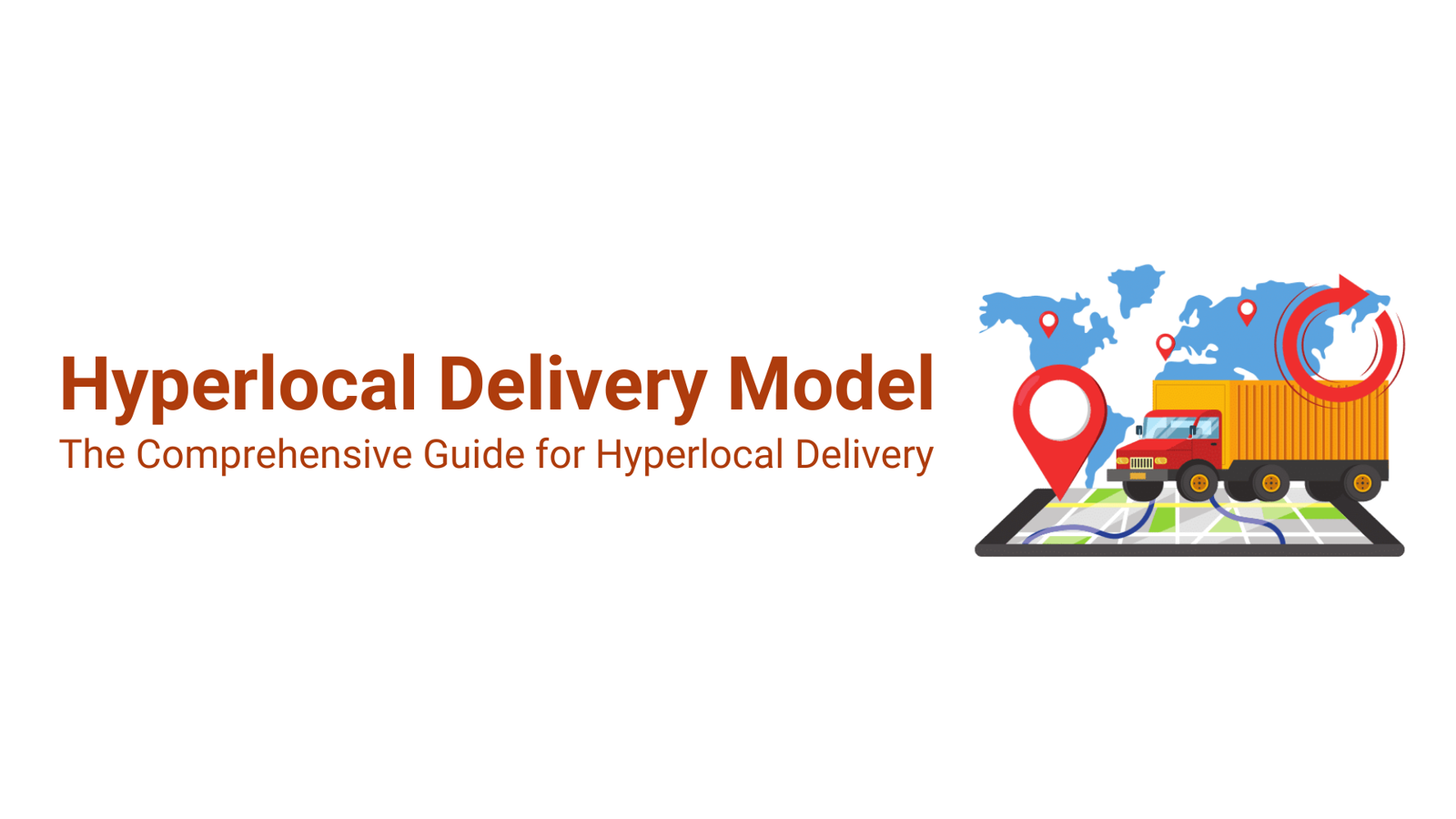
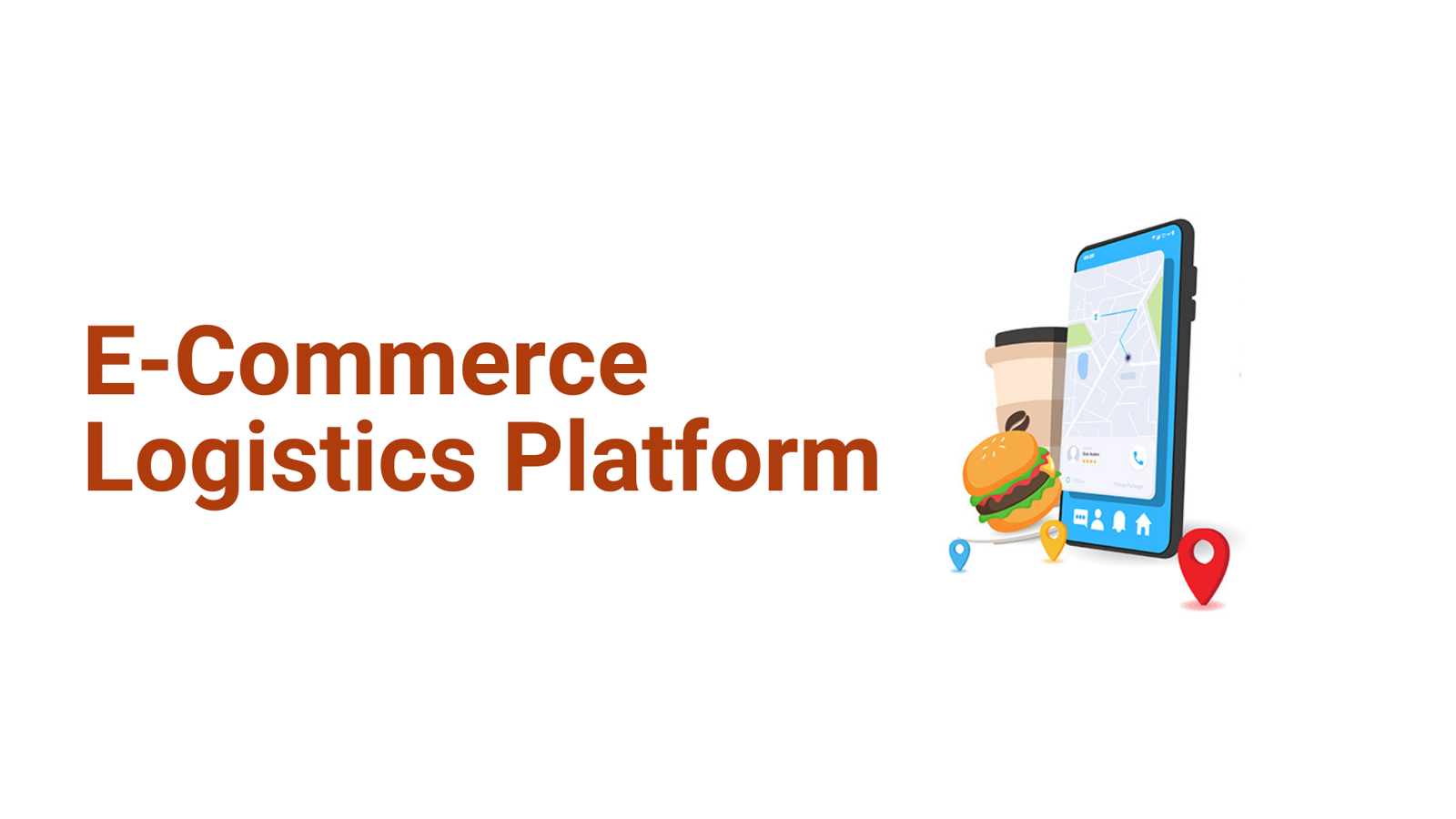
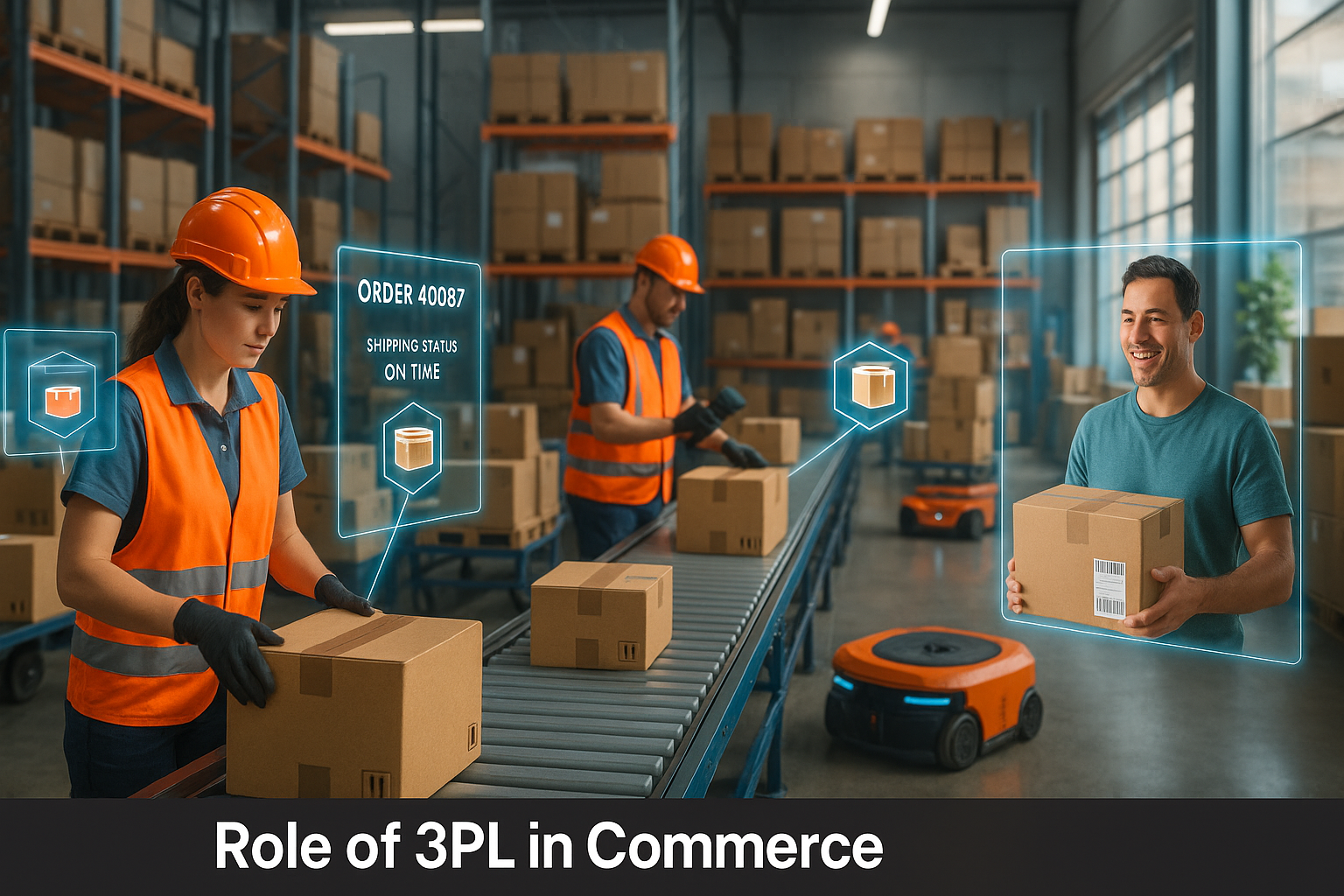
Write a comment ...